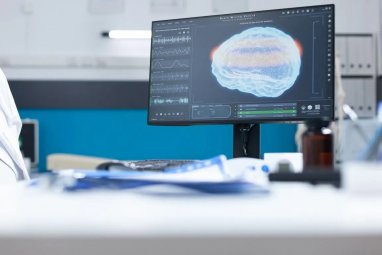
Biologists from the United States have made a real breakthrough: for the first time in history, they managed to create human brain tissue on a 3D printer that is capable of growing and functioning like the real thing. This is reported by gazeta.ru with reference to Cell Stem Cell.
Unlike traditional 3D printing methods, where layers of material are stacked vertically, in this case the scientists used a horizontal orientation. The brain cells were arranged side by side, like pencils on a table. A special soft gel was used to provide the necessary structure and support for neural connections.
“We printed the cerebral cortex and striatum, and the results exceeded all our expectations. Even when using different types of cells from different parts of the brain, they interacted with each other without problems using specific signaling pathways”, - share the study authors.
This technology opens up new opportunities for studying neurodegenerative diseases such as Down syndrome, Alzheimer's and Parkinson's diseases. Printed brain tissue could become a model for testing new drugs and treatments.
An important advantage is the accessibility of the technology: it does not require expensive equipment or complex cell culture methods, making it potentially accessible to many laboratories.
